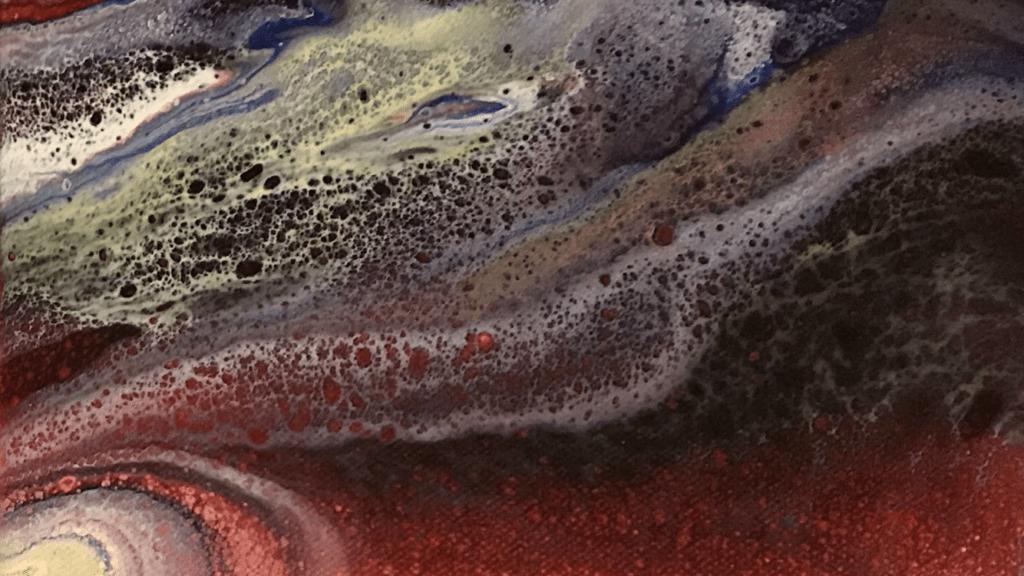Creativity is necessary for all parts of life.
As a classics professor of mine used to like saying, “the humanities are what make us human.”((University of Maryland Department of Classics. (n.d.). Retrieved October 29, 2019, from https://classics.umd.edu/users/gstaley ))
If prompted, he would expound at length on discussions of art, writing, philosophy, music, and many other topics while bemoaning the lack of funding the humanities get compared to STEM disciplines in recent years. Of course, he was talking about the necessity of art to the human soul; he firmly believed, as do I, that art in its various permutations is an expression of the human condition. The endlessly beautiful and endlessly flawed iterations of dance, painting, music, writing, theater, food, sculpture, animation, architecture, thought, and other forms of art are all glorious attempts at sharing pieces of the human psyche. To relegate that glorious milieu to one’s spare time as a trivial pursuit almost approaches blasphemy. Almost, yet it does not – because hobbies allow us to bring creativity into our lives.
Hobbies run the gamut from traditionally “artsy” pursuits like painting, knitting, and pottery to athletic pursuits, including dance and team sports, to more academic hobbies like reading, astronomy, or participating in robotics clubs. The important uniting factor is that all these disciplines allow you to practice creativity. Creativity is a human need, a critical component of mental health maintenance that has a positive effect on people’s perceptions of their successes and overall well-being.1 For those of us studying public health, creativity is directly relevant to our future careers. Creative community recreation has been shown to help those with mental health challenges recover. Creative interventions promoting intersectionality are useful to prevent clinical blind spots among counselors,23 and most jobs require at least occasional “thinking outside the box.” Many fields which people stereotype as being logical, such as STEM, require a great deal of creativity. From a veterinary medicine point of view many clinicians, particularly those working with exotic species, have had to rapidly extrapolate from their existing knowledge to come up with creative solutions for casting injuries, creating recovery enclosures, and otherwise taking care of injured animals because you work with what you have on a farm, at a non-profit, or wherever you happen to be.

“But where am I supposed to find the time?”
A fair question, dear reader. Honestly, I don’t have an answer for you. However, I do have some advice that might help. Ultimately, remember that you should be pursuing creativity for your mental health. Don’t push yourself beyond your capabilities or stress yourself out further in the name of mental health.
1. Self-evaluation
It sounds cliché, but if you’re not sure where to start, the first step in finding an enjoyable hobby is to take a long look at what you enjoy doing. Do you like reading? Consider taking a writing class, or pull up some writing prompts online and give them a shot! If you don’t enjoy a hobby, find a new one. Avoid letting yourself get caught up in the feeling that you “aren’t any good” at whatever you are doing, because the point is not to be “good” at the activity – it’s to enjoy yourself and get some stress relief! Plus, the first step to getting good at anything is practicing the activity from a place of inexperience. Don’t sweat the early challenges; enjoy them!
2. Fear-free environment
Forgive yourself for perceived failures in your hobbies. Easier said than done, right? But fear not, brave reader. You are pursuing your hobbies because you enjoy them, not because you are going to become a professional writer, sculptor, painter, whatever. It isn’t fair for you to judge yourself by the standards that professionals set, just like you wouldn’t judge Mozart by the quality of his measles surveillance plan because that’s not what he did. Emphasize the good and forget the bad in your hobbies, and never be afraid to try something new because of fear of failure. As they say, you can’t succeed if you never try in the first place.
3. Friendly (or friend-free) environment
If you are not going to go to that dance lesson, or wine-and-paint, or horseback riding lesson without a friend, then take one. Some hobbies, like tabletop role-playing games, are fantastic ways to practice group creativity and improvisation skills. However, be ready to tell your friends that you need some time alone for your creative thinking and hobbies. They are adults and should respect your needs.
4. Time management
This one is likely the most challenging of all because it is genuinely difficult to make time for hobbies in a demanding grad school schedule. It’s not going to get any easier once you’re in the workforce, though, so now is as good a time as any to start making time for the things that you value. Begin slowly by setting 30 minutes aside a few times a week for a hobby; as you begin to enjoy your new (or old) hobby, try to budget enough time in your schedule to hobby every day. Make sure that your priority is enjoyment rather than fitting a hobby into your schedule, as the latter might cause you more stress than good. Keep in mind that switching hobbies is okay, too!
5. Student organizations
The university you attend may allow graduate students to join undergraduate clubs. You should look into the clubs at your school to see if there are any opportunities you particularly enjoyed or missed out on during your undergraduate years, and take advantage of them as a graduate student. These opportunities are usually available for free or at a reduced cost compared to the cost of pursuing them outside of the university, which is always a plus for cash-strapped grad students. Of course, there are plenty of organizations for graduate students as well, and they may offer a slightly more mature or relatable peer environment.
6. Geographic area
If you don’t find anything offered through your school, a simple online or word-of-mouth search will often turn up the best places to hike, swim, play games, or buy craft supplies nearby. It’s easy to fall into the trap of thinking that there is nothing to do when, in reality, you may not have looked or reached out to find it.
7. Anything once
Just try something, even if you don’t think you’ll love it or aren’t sure. No one can make you keep going if you hate it.
8. Rewards
This goes beyond “if your hobby is cooking, you may get some rockin’ meals out of it!” Try to relax and lose yourself in your creative time; it’s for you, after all. Enjoy the mental health benefits of engaging in creative hobbies regularly, and imagine the joy you’ll get out of future successes in your hobbies. Maybe you’re looking forward to telling your mom that you crocheted her this scarf for her birthday, or you really just want to fill that empty wall in your bathroom with an acrylic paint pour (look it up, seriously – super easy and tons of fun!). Maybe you want to learn how to identify poisonous plants or insects in your area while you go hiking, just because you can. Don’t let any perceived frivolity in an activity dissuade you from pursuing it.
Creativity is essential to the personal and professional lives of people across the world. Remember that what creativity looks like to you is whatever’s best for you, and that’s okay. These recommendations are to help you get started with a creative hobby if you are looking for one, but they are not going to work for everyone. Ultimately, you’ve got to pursue the activities that make you happy and keep on being creative. Prioritizing your mental health in this fashion will help you at home and work, and pursuing creative endeavors at home may help you think creatively within your job – which has the potential to improve public health directly!
- Hobbies and graduate student life: Not inherently incompatible - January 14, 2020
- The Intersection of Veterinary Medicine and Public Health - August 21, 2019
- Conner, T. S., DeYoung, C. G., & Silvia, P. J. (2018). Everyday creative activity as a path to flourishing. The Journal of Positive Psychology, 13(2), 181–189. https://doi.org/10.1080/17439760.2016.1257049 [↩]
- Lawrence, C., Foster, V. A., & Tieso, C. L. (2015). Creating Creative Clinicians: Incorporating Creativity Into Counselor Education. Journal of Creativity in Mental Health, 10(2), 166–180. https://doi.org/10.1080/15401383.2014.963188 [↩]
- Ali, S., & Lee, C. C. (2019). Using Creativity to Explore Intersectionality in Counseling. Journal of Creativity in Mental Health, 1–9. https://doi.org/10.1080/15401383.2019.1632767 [↩]





Pingback: Intervene Upstream Issue 2: Creativity & Social Work » Intervene Upstream, the online peer-reviewed public health publication for graduate students